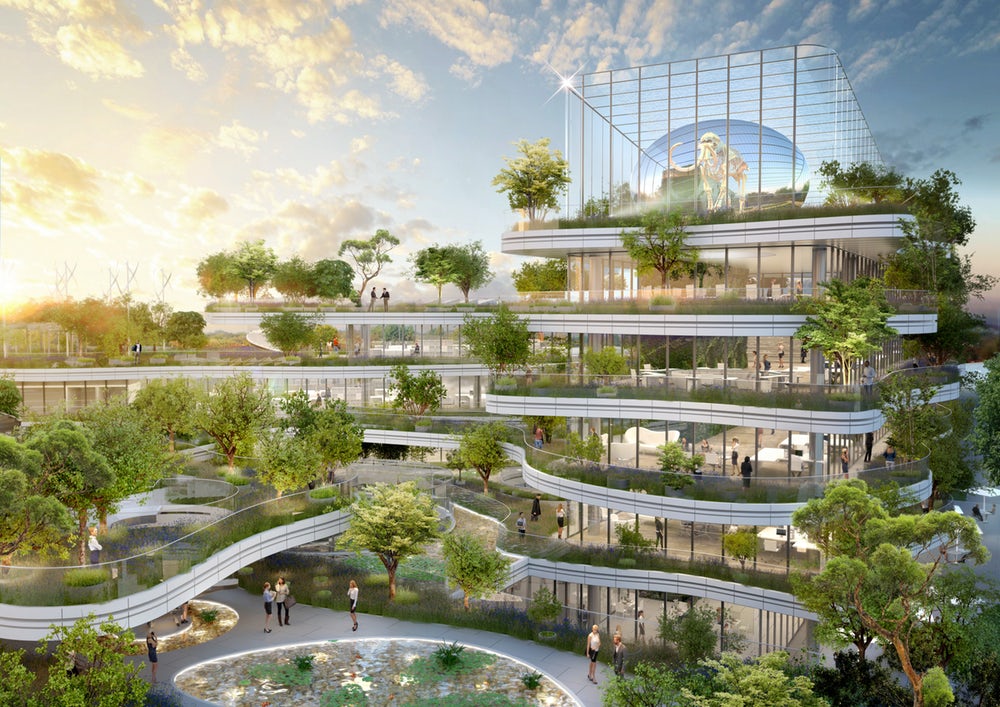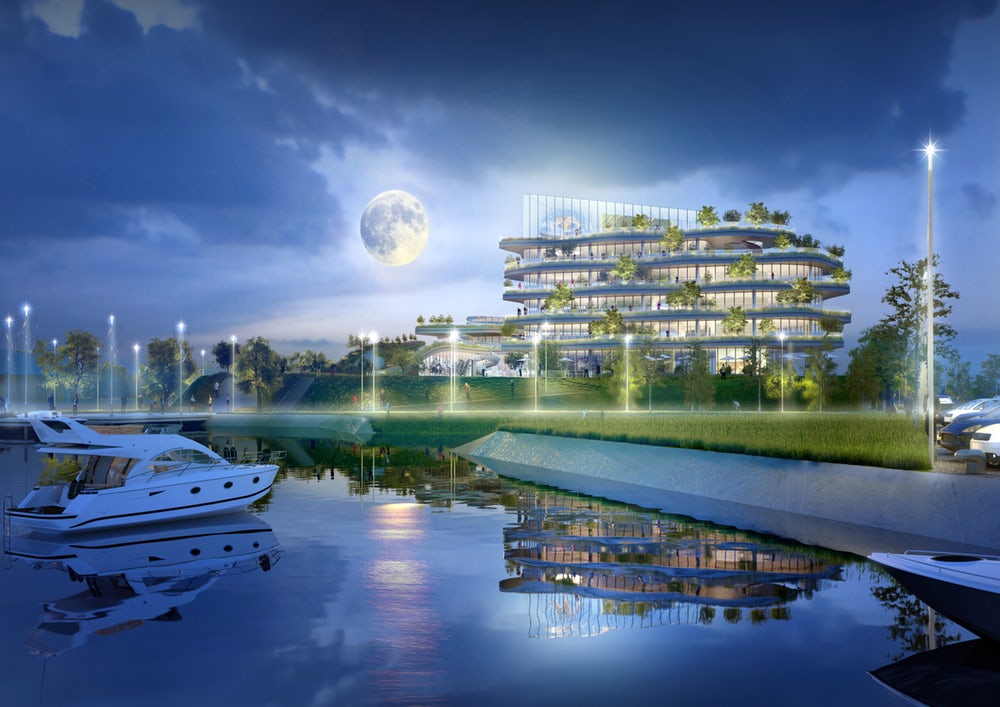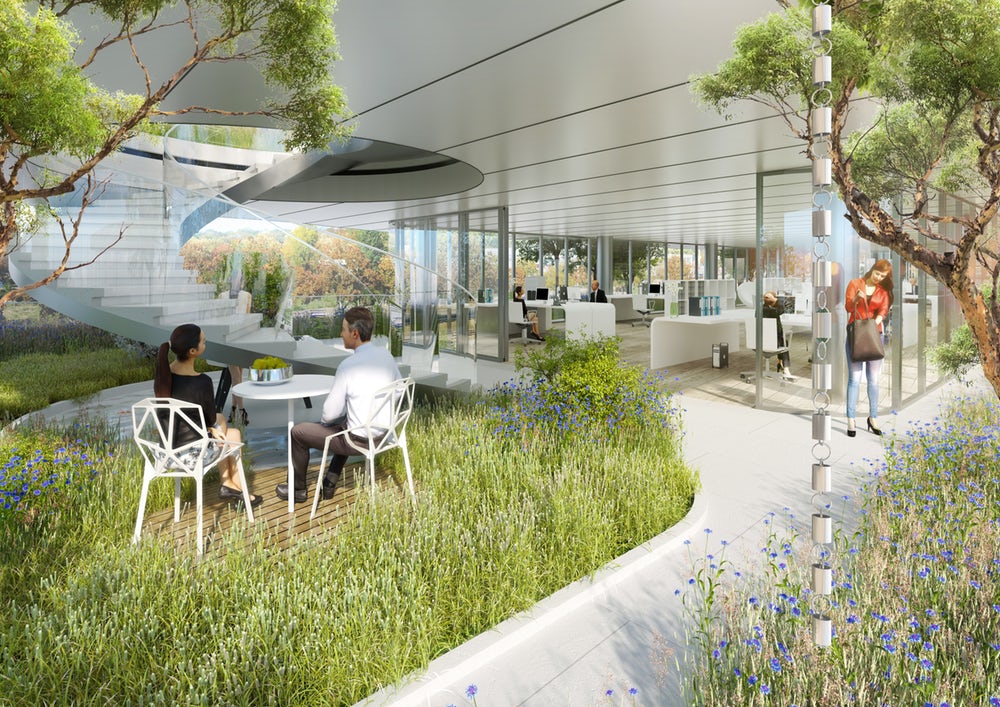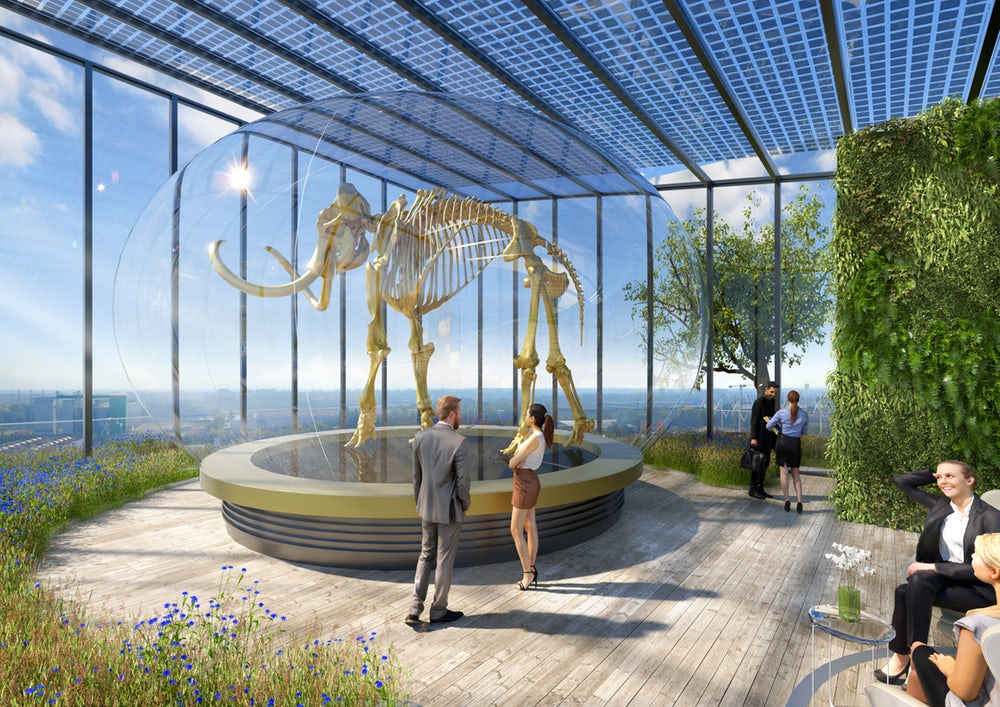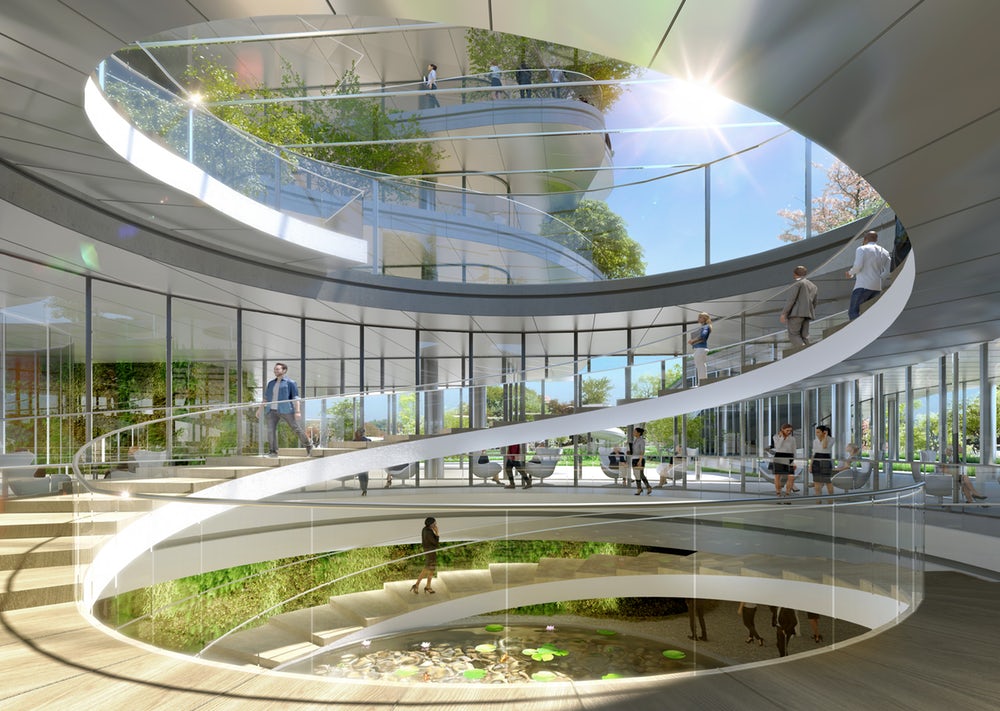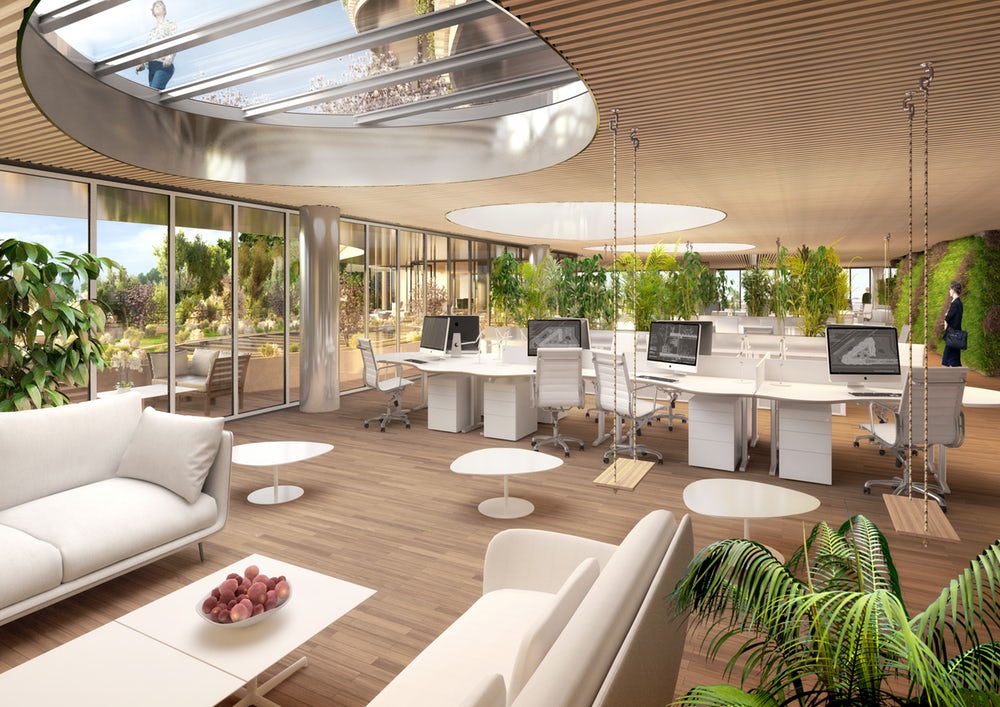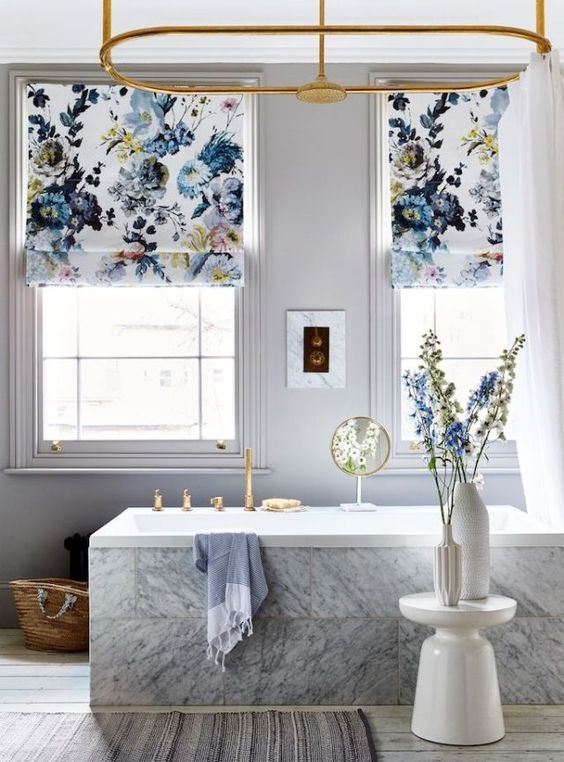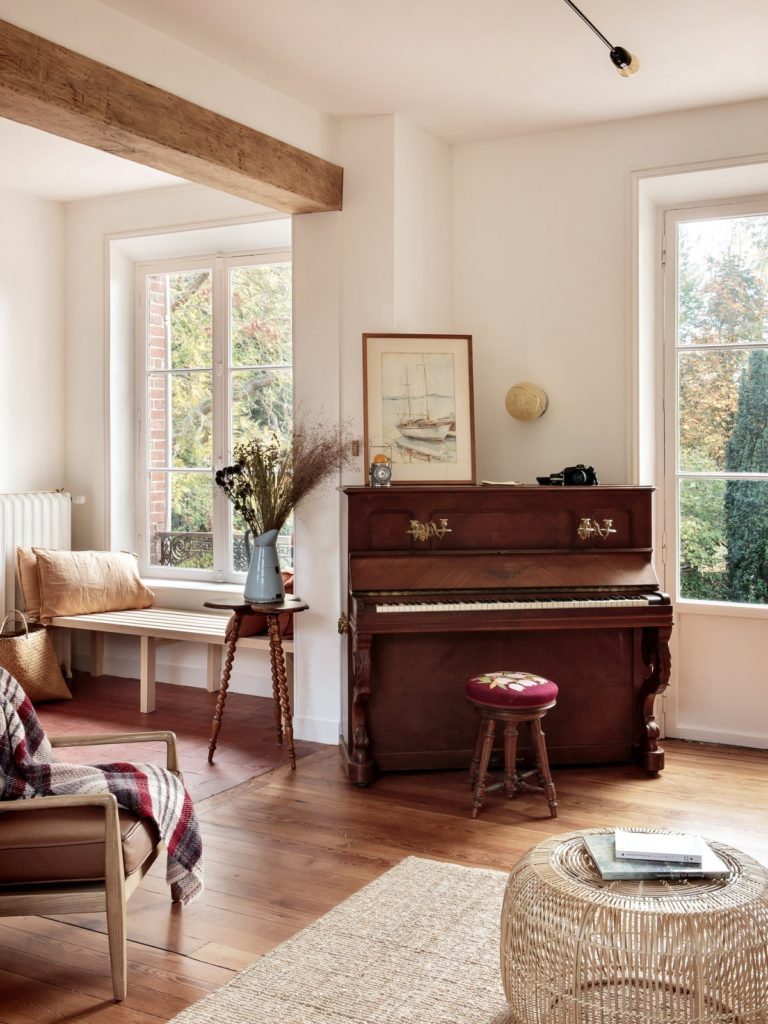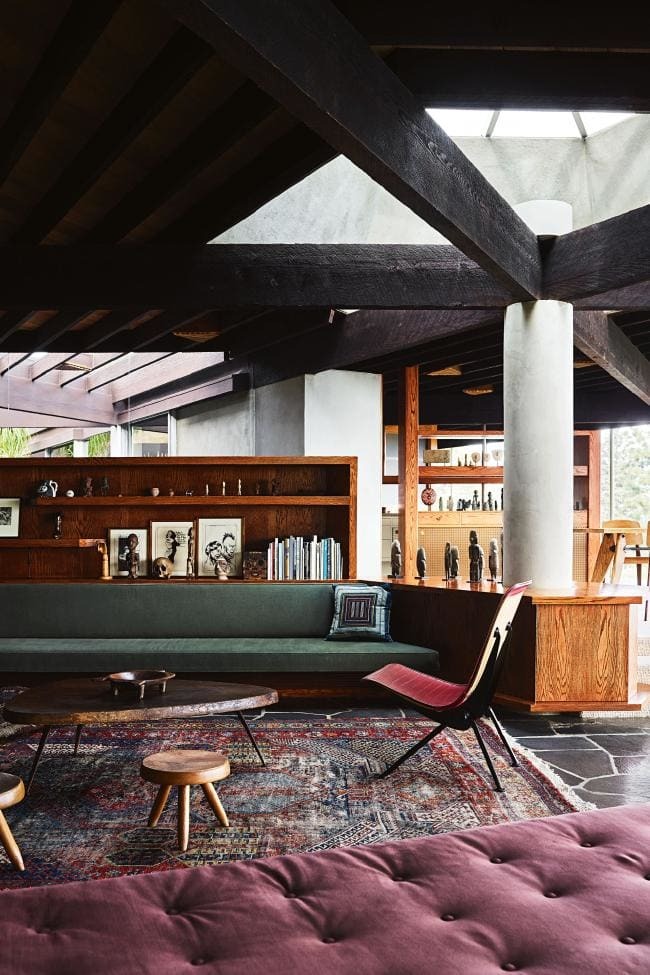Smart Ways to Ecological Office Design
The key to a smart office design lies in its sustainability. With the booming economic conditions, businesses are looking for eco-friendly modern office spaces that have environmentally friendly concepts and designs. Emerging businesses are relying on energy efficient, multifunctional, and flexible office space which leaves a minimum carbon footprint on the world.
Greener office spaces not only serve environmental benefit but also attract customers who prefer to do business with companies that have eco-friendly business practices. Greener office setup doesn’t necessarily mean an unexciting and aesthetically dull office setup; an office space can be striking with a greener architectural design.
Here are key aspects to take into consideration while designing a sustainable eco-friendly office space:
Mark Energy Efficiency a Priority
The number 1 indication of truly sustainable office design is the chance of toxicity not rearing its ugly head anytime soon. The office space should radiate positive energy with the use of recyclable materials. Any materials that expose people to harmful side effects should be completely eliminated. Also, using energy efficient equipment like computers that have Energy Star Label may contribute significantly to energy efficiency. Smart power management on computers like turning off computer screen after a certain period of inactivity, setting desktop to ‘sleep’ or hibernate at the end of the day is very simple initiatives that may play a role in being energy efficient.
For example, the office space for rent Toronto has smart lighting, timed automated systems, motion detectors and photo sensors that can turn off and turn on lighting as needed or when the rooms are empty.
Workspaces during winters and summer use heating and air conditioning excessively; resulting in the waste of energy. By using programmable thermostats energy can be saved where the users will have the discretion to turn down heating when needed or adjust temperature levels needed in the day time or night time.
Using Environmental Friendly Materials
Designing an office space in an artistic manner while not compromising on office essentials is a skill – make that your ally. This works in many ways, either by using green materials that were sourced in an environment-friendly way or by reusing materials and repurposing old wood, floors or demolished building structures. Move to eco-friendly alternatives for everything paper like recycled paper products for printers, tissue paper, and toilet paper. The company should encourage its office employees to conserve resources and help them make recycling and reuse a day to day routine.
Encourage Green Practices
Companies can reduce their carbon footprint by giving employees the option to have work-from-home days. This helps the company in saving energy by not using office space but also aids in reducing travel time and travel costs.
Encourage employees to have a desk plant, this helps improve the indoor air quality. Plants produce more oxygen and offset the effects of any toxic chemicals due to the closed space environment. This makes a cleaner, happier and productive workplace for the employees.
Reuse & Recycle
This is one of the easiest yet most neglected practices in office environments. All it requires is putting up recycling bins around office dedicated for collecting glass, paper, and plastics. Used ink cartridges, used printers, monitors and other types of equipment can be dropped off at collection centers designated for these.
Similarly, replacing disposable kitchen items with stainless steel cutlery and crockery to use and reuse can make a significant difference in reducing waste.
Go Green Roof
Green roofs are a layer of low-growing plants that cover the building rooftop. Their most touted benefits are beautification, stormwater management, and cooling.
Green roofs serve a much grander purpose than simple beautification. Green roofs reduce energy cost manifolds by absorbing heat and are a source of natural insulation. This helps in energy efficiency in both the summer and winter months. Although green roofs may seem like a big expense as compared to traditional roofing, they pay off in the long run by significantly reducing energy expenses.
Going green is not an overnight journey, it’s a challenge to get employees to buy-in and indulge in greener practices. This requires continuous education along the way while being patient.
Implementing sustainable business practices not only have environmental benefits but also reduce overheads, improve health and overall employee satisfaction, and improves the company’s reputation amongst its competitors.
Images credit: Vincent Callebaut Architectures


